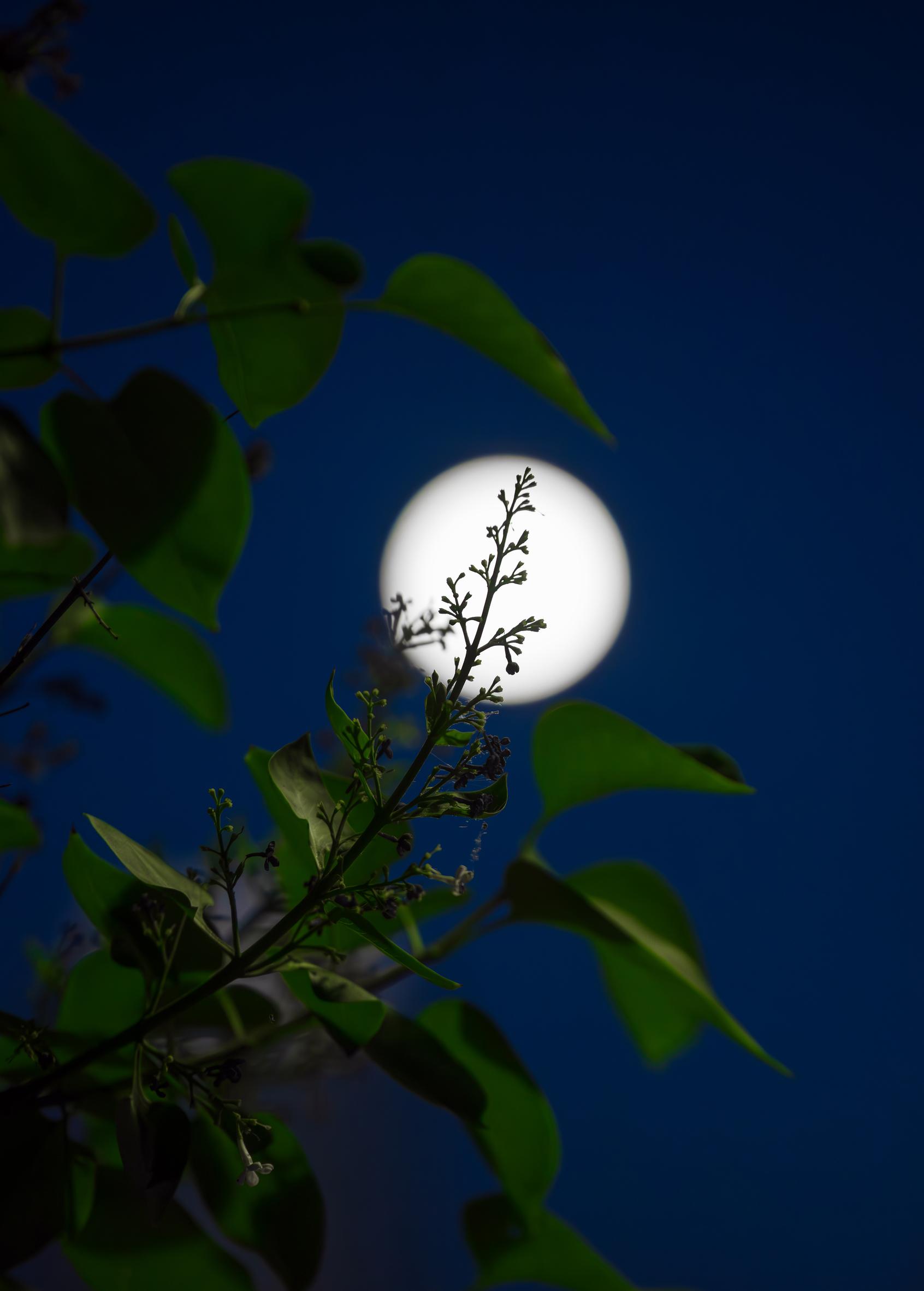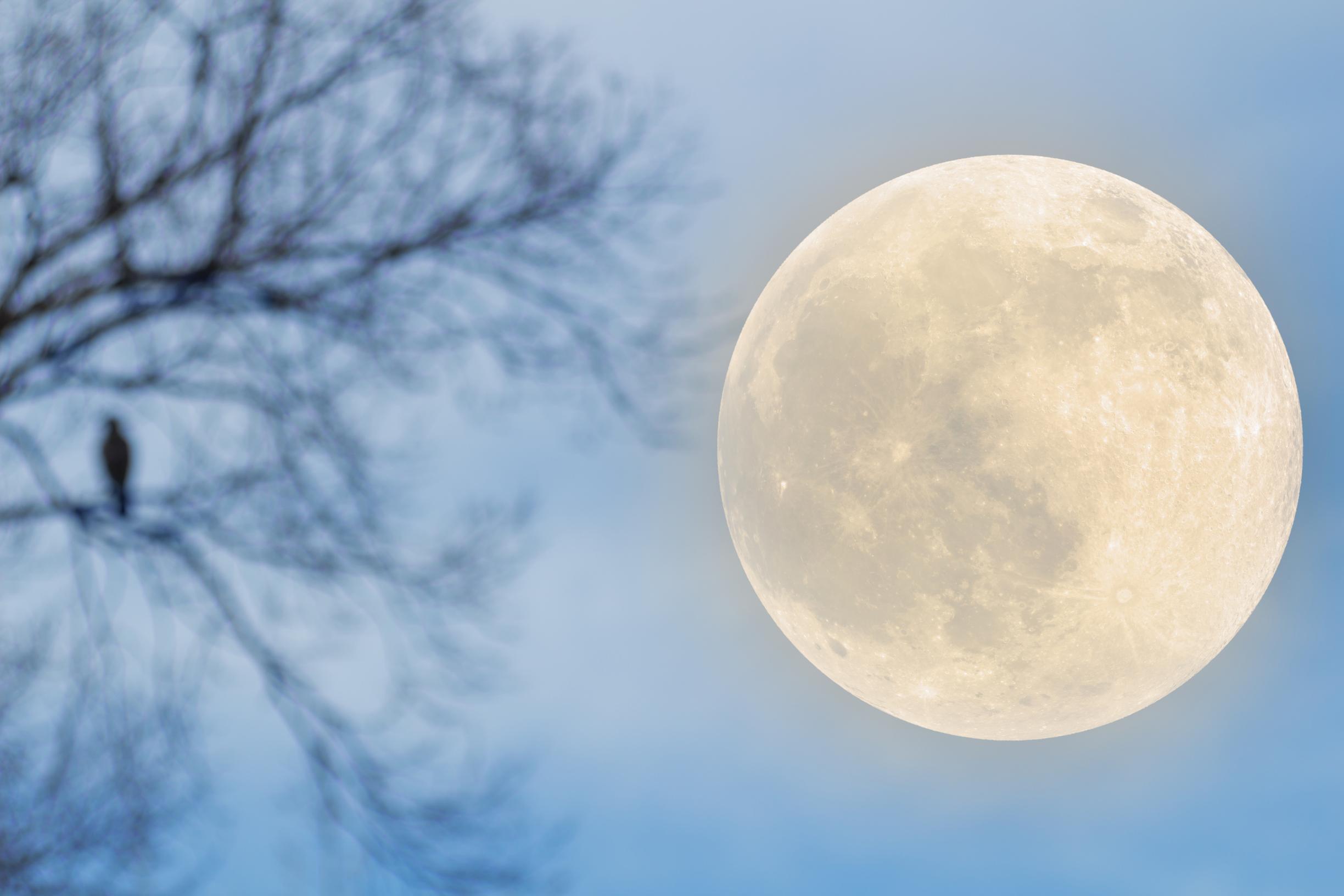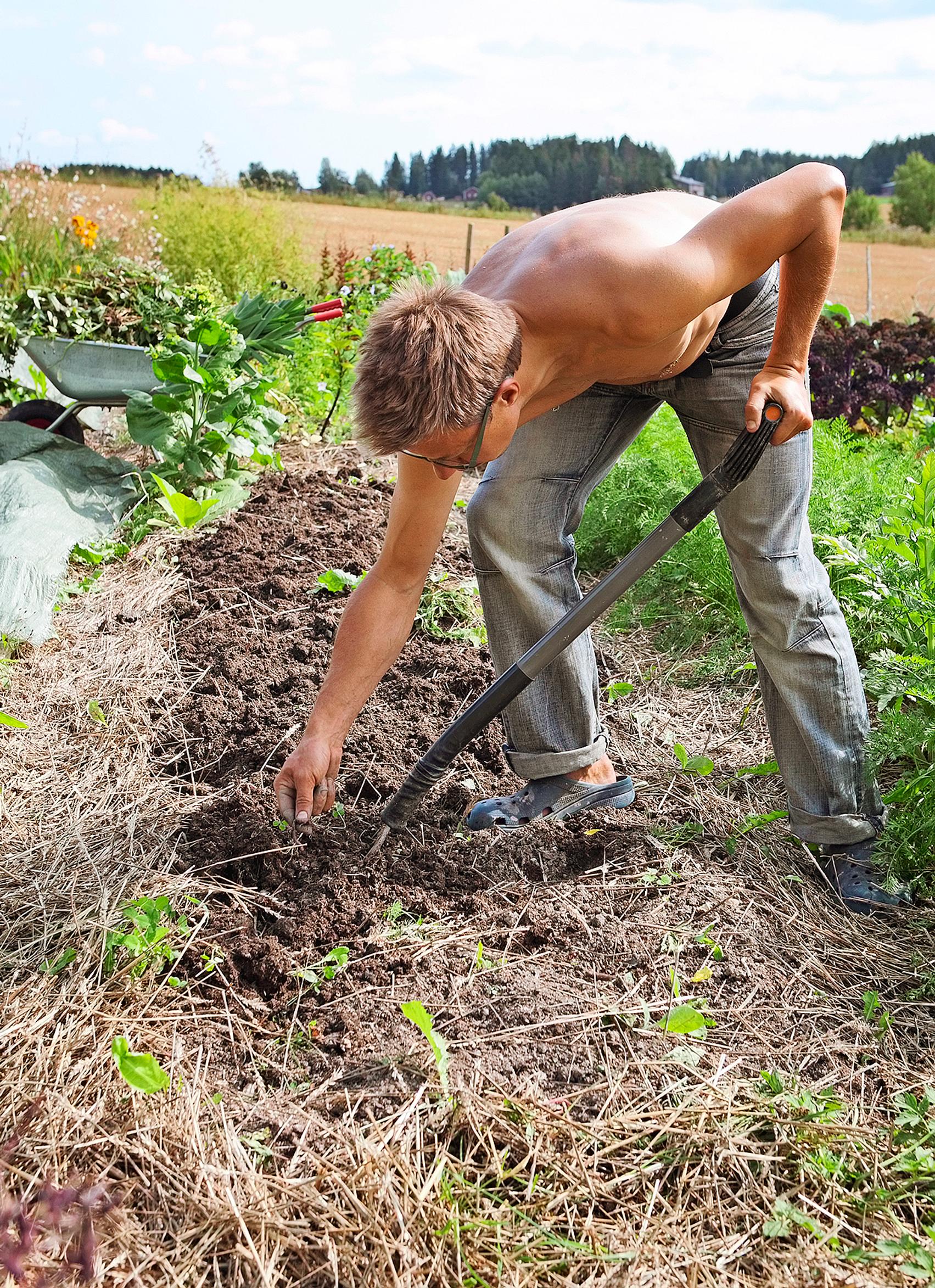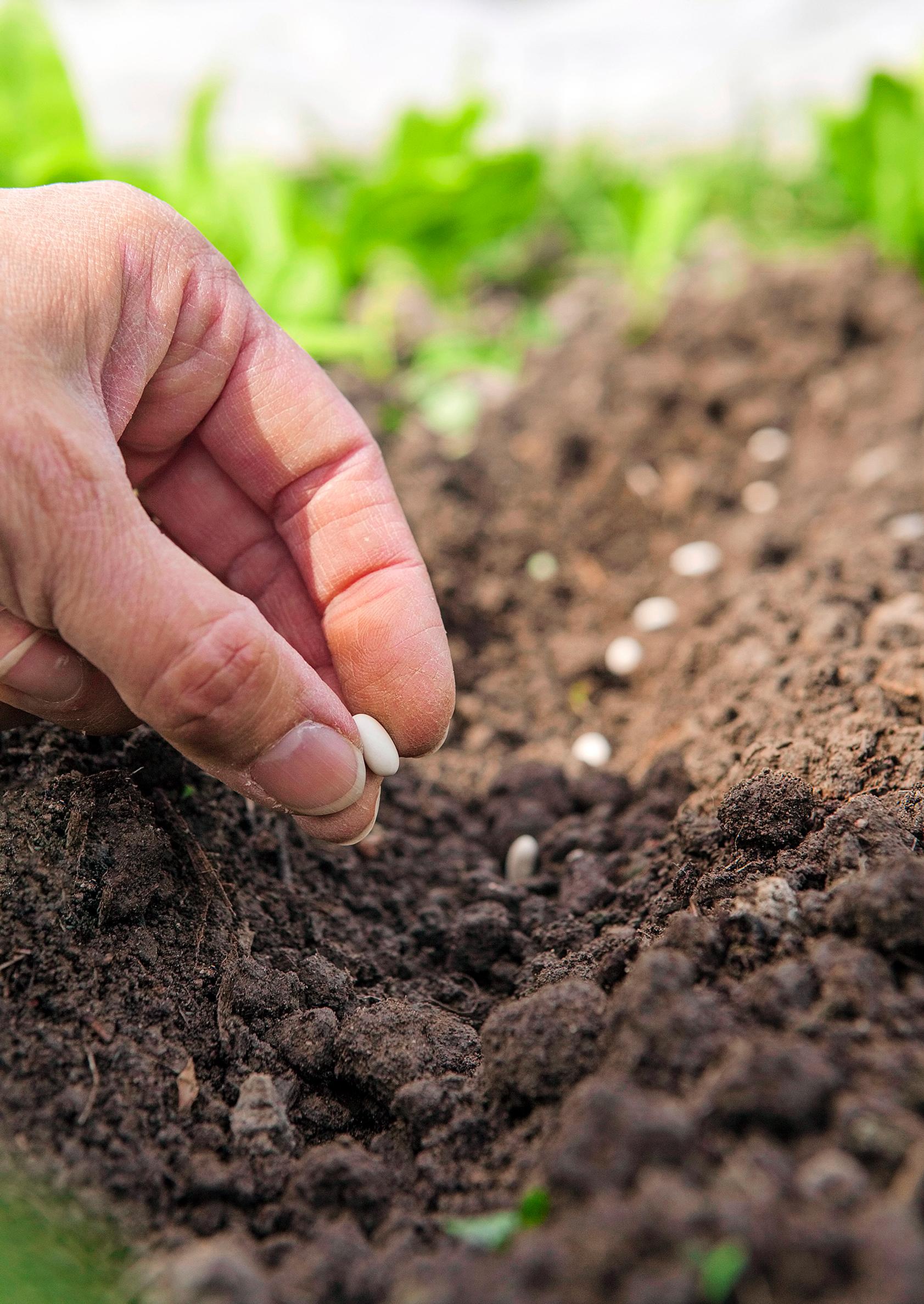
The lunar calendar can help home gardeners—here’s how to make the most of the moon’s phases in gardening
A lunar calendar is based on the moon’s phases and helps you plan garden tasks. In traditional folk wisdom, sowing and planting were timed for the waxing moon, while soil preparation and weeding were scheduled for the waning moon.
What is a lunar calendar?
A lunar calendar is based on long-standing tradition and was once used to schedule many types of tasks. Even today, it can be helpful for gardening and cultivation.
The lunar calendar divides the month into phases like the waxing and waning moon, and identifies days that are especially suitable for different garden tasks. The waxing moon is the ideal time to sow, plant, prune, and fertilize flowers and above-ground vegetables. Meanwhile, the waning moon is perfect for planting potatoes, sowing root crops and onions, and handling soil preparation and harvesting.
Moon phases:
- New moon: The Moon is between the Earth and the Sun, and its dark side is visible from Earth.
- Waxing or rising moon: The sunlit portion of the Moon gradually increases.
- Full moon: The Earth is between the Moon and the Sun, making the Moon’s entire illuminated side visible from Earth.
- Waning or descending moon: The sunlit portion of the Moon gradually decreases.

Waxing moon
In the past, the rising or waxing moon was thought to be the best time to sow and plant crops that grow above ground, like lettuce, herbs, tomatoes, pumpkins, cucumbers, strawberries, and berry bushes and fruit trees. During the waxing moon, seeds sprout quickly and shoots grow upward with vigor.
Likewise, repotting houseplants, moving perennials to a new location, and planting ornamental plants were typically done under the waxing moon. Of cuttings placed in water, people used to say: “A cutting taken during the waning moon dies, while one taken during the waxing moon thrives.”
Truly skillful gardeners would do these tasks in the morning during the waxing moon, when the sun also promotes fresh growth. “Waning moon in the evening, waxing moon in the morning,” went the timing advice. Around midday, people paused. Growth energy doesn’t go up or down then, making it a great time to eat.
Waning moon
The waning moon begins at the full moon. After that, growth energy flows downward. People took advantage of this by planting potatoes in the days following the full moon, either in the afternoon or evening. It’s also the best time to sow other root crops. Carrots, beets, radishes, parsnips, and Jerusalem artichokes grow shorter leaves and a better yield when sown during the waning moon.
Turning the soil was traditionally planned according to the lunar cycle as well. It’s best done in spring, as soon as the ground has thawed and the waning moon begins. The waning moon is also ideal for weeding, since fewer weeds sprout in soil turned at that time than during the waxing moon. All summer hoeing and weeding are best done under the waning moon.

In the past, people weeded in the afternoon and evening of the waning moon so the roots would stay dormant as long as possible before the morning sun woke them again. That way, weeds stayed under control long before chemical herbicides existed.
Perennial weeds, willow thickets, and tree shoots were removed only after Midsummer, in the last days of the waning moon. At that point, roots don’t have as many nutrients left for new growth as they do in spring. Until Midsummer, the sun draws spring’s growth energy upward, but after that, the sun’s path starts to descend.
Waxing or waning moon?
- Mowing the lawn: During the waxing moon, the freshly cut lawn regrows more quickly.
- Starting a compost: During the waning moon, decomposition happens more quickly.
- Harvesting herbs for drying: During the waxing moon, in the morning.
- Making sauna whisks: Mid-waxing moon, when the leaves are fully grown.

Forecasting the weather from the moon
People have also used the moon to predict the weather. In the past, they talked about the new moon’s “birth day” and gauged the coming weather by its crescent on the third day. If the wind was cold and northerly, the chill would continue for around three weeks. If it was warm and came from the south, you’d get mild weather for the same stretch. Then a change was likely.
“An upright moon holds its water; a tilted moon spills it to the ground.” If the new moon crescent stood upright like the curve of a D, drier weather was on its way. If the crescent looked like a D leaning forward, that meant rain in the coming weeks.
Spring frosts often happen around the new moon and full moon. If you’re growing frost-sensitive plants, pay close attention to the forecast a day or two before these phases.
Long ago, people timed their work so that above-ground crops were sown on a waxing moon morning, with a south wind and signs of rain on the way. Weeds were dealt with on a waning moon afternoon, when the air was dry and the wind blew from the north. If everything didn’t line up, they still avoided the worst times. Thoughtful planning was already half the job done.
For more information: Johanna Paungger, Thomas Poppe: Kuun vaikutus puutarhassa, terveydessä, maanviljelyssä ja metsänhoidossa (Yläkuu Kustannus 2012). Anne Pöyhönen: Yläkuu ja alakuu – ajoituksen taito suomalaisessa kansanperinteessä (Yläkuu Kustannus 2008) and www.ylakuu.com.


